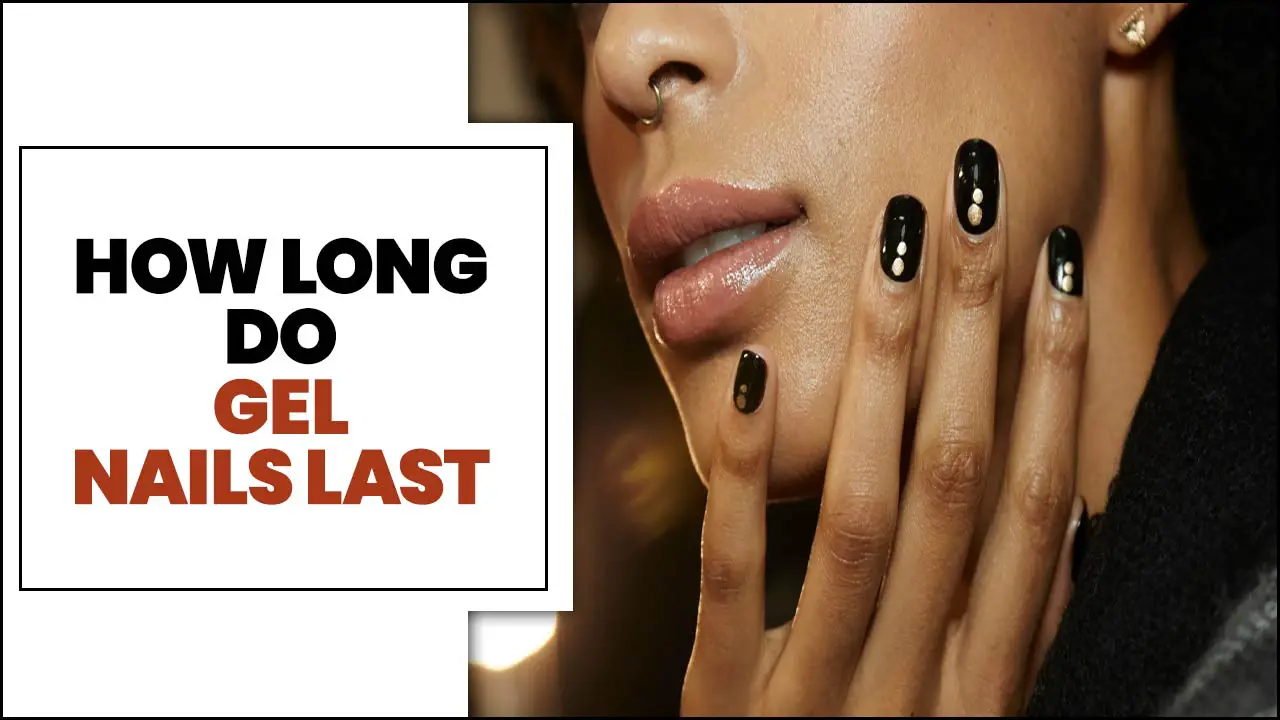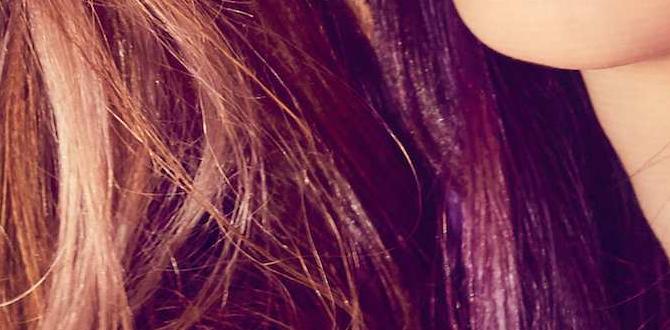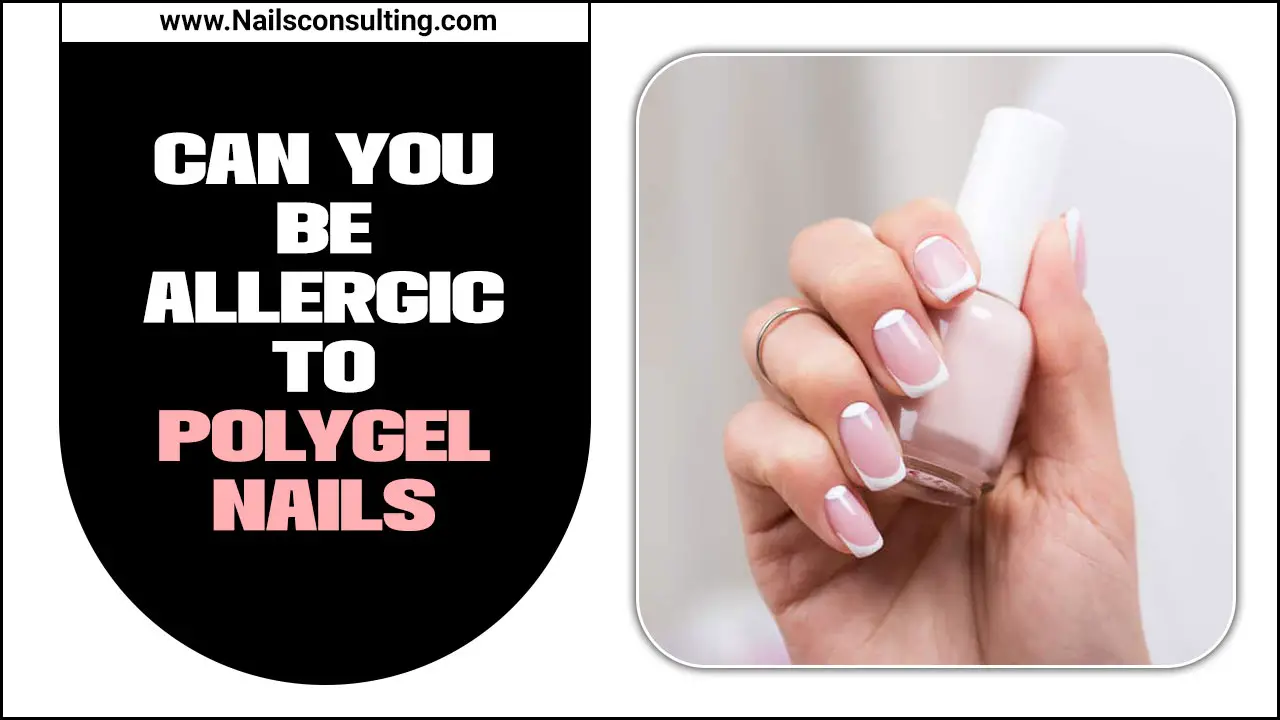Want gorgeous pink nails without the fuss? This guide unlocks easy, beginner-friendly pink nail designs perfect for adding a touch of effortless beauty to your look. Discover simple techniques and trendy ideas you can master at home, boosting your confidence with every stroke!
Let’s talk pink! It’s the color of sweetness, romance, and just pure fun. But if you’re new to nail art, the thought of creating intricate designs can feel a bit… overwhelming. You see those stunning manicures online and think, “How do they do that?” Well, guess what? You can too! We’re diving into the world of pink nail designs specifically for beginners. Forget complicated steps and fancy tools. We’re focusing on simple, achievable looks that will make your nails pop. Get ready to discover how easy it is to express yourself with the perfect pink manicure, no professional salon needed!
Why Pink Nails Are Perfect for Beginners
Pink isn’t just a color; it’s a mood! From soft baby pinks to vibrant fuchsias, there’s a shade out there for everyone and every occasion. For beginners, pink is wonderfully forgiving. Light shades can camouflage minor imperfections, and even if a line isn’t perfectly straight, it often blends in beautifully. This makes it an ideal color for practicing new techniques. Plus, pink always feels a little special, adding a touch of elegance or playfulness to your everyday style. It’s a versatile hue that’s always in vogue, making it a smart and stylish choice for your first foray into nail art.
Essential Tools for Your Pink Nail Design Journey
You don’t need a whole nail art studio to create pretty pink designs! A few basic tools can go a long way. Having the right supplies makes the process smoother and the results even better. Think of these as your trusty sidekicks in creating your dream manicure. Let’s get your toolkit ready:
- Nail Polish Remover: For those little oopsies and starting fresh.
- Cotton Pads/Balls: Essential companions for the remover.
- Nail File: To shape your nails just how you like them.
- Base Coat: Protects your nails and helps polish last longer.
- Top Coat: Seals your design and adds a glossy shine.
- Your Favorite Pink Polishes: Grab a few shades you love!
- Dotting Tool: A tiny ball on a stick, perfect for dots and simple swirls.
- Thin Nail Art Brush: For drawing delicate lines or adding small details.
- Clean-up Brush (or an old, small makeup brush): For tidying up edges.
Don’t worry if you don’t have everything right away. You can always start with the basics (polish, file, base/top coat) and add more tools as you get comfortable. Many beauty supply stores and online retailers carry affordable nail art kits.
Simple Pink Nail Designs: Step-by-Step Tutorials
Ready to get your hands (and nails!) dirty? These designs are designed with you in mind – easy to follow, quick to execute, and totally chic. We’ll walk through each one so you can feel confident trying them out.
1. The Classic Pink French Manicure
A timeless look that’s elegant and sophisticated. This isn’t the chunky white tip of the past; we’re giving it a soft pink twist!
What You’ll Need:
- Base coat
- Sheer pink polish
- White or lighter pink polish
- Top coat
- Optional: French tip guide stickers
Steps:
- Prep your nails: File them to your desired shape and apply a base coat. Let it dry completely.
- Apply two thin coats of your sheer pink polish. This is your nail bed color. Let it dry.
- Option A (Freehand): Carefully use your white or lighter pink polish to paint thin curves along the tips of your nails. Aim for a delicate line. If you’re not steady, don’t worry! A clean-up brush dipped in remover can help fix mistakes.
- Option B (With Guides): Place French tip guide stickers just below where you want the tip to start. Paint the tip color over the exposed nail edge. Let it dry slightly, then carefully peel off the stickers before the polish is fully wet to avoid lifting.
- Once the tips are dry, apply a generous top coat to seal everything in and add shine.
Pro Tip: For a softer look, use a pale pink instead of white for the tips!
2. Pink Polka Dots: Fun & Flirty
Dots are a beginner’s best friend! They’re easy to make and instantly add a playful vibe. A classic pink base with white or contrasting pink dots is super cute.
What You’ll Need:
- Base coat
- Your favorite pink polish (medium to opaque works best)
- White or contrasting pink polish
- Dotting tool (or the tip of a ballpoint pen, or even the end of a bobby pin!)
- Top coat
Steps:
- Apply your base coat and let it dry.
- Paint one or two coats of your chosen pink polish on all your nails. Let this dry completely – this is crucial so your dots don’t smudge!
- Dip the tip of your dotting tool into your contrasting polish. You don’t need a lot, just a small bead.
- Gently press the dotting tool onto your nail to create a dot.
- Continue making dots across your nail. You can make them uniform or scatter them randomly for a more casual look. For varying sizes, use a larger dotting tip for some and a smaller one for others.
- Once all your dots are placed and dry, apply a clear top coat.
DIY Polish Remover: Learn how to make your own natural nail polish remover if you’re running low! Visit Healthline for safe, DIY recipes.
3. Gradient/Ombre Pink: A Smooth Transition
This looks more complex than it is! A gradient gives a beautiful, soft blend of colors. You can use two shades of pink or a pink and a nude/white.
What You’ll Need:
- Base coat
- Two shades of pink polish (e.g., a light pink and a darker pink, or pink and white)
- Makeup sponge (a clean, usable one)
- Top coat
- Aluminum foil or a palette to put polish on
Steps:
- Apply base coat and let dry.
- Paint your nails with your lighter pink polish (or white/nude). Let it dry completely.
- Cut a small piece of your makeup sponge.
- Apply a stripe of your lighter pink polish and a stripe of your darker pink polish next to each other on the aluminum foil or palette.
- Gently dab the sponge onto the polish stripes, picking up both colors.
- Lightly dab the sponge onto your nail, starting from the cuticle and working your way up to the tip. You want to blend the colors. You might need to reapply polish to the sponge and dab a few times to build up the color and gradient effect.
- Let the gradient dry. You may have some color on your skin – don’t worry!
- Once dry, apply a generous top coat. This will help smooth out the sponged texture.
- Clean up any polish on your skin around the nails using your clean-up brush dipped in polish remover.
Stylist Note: For the smoothest blend, use a creamy polish formula. Avoid glitter or very thick polishes for this technique.
4. The “Pink & Chic” Accent Nail
This is perfect when you want a little something extra without doing a full design on every nail. Focus your creativity on just one nail!
What You’ll Need:
- Base coat
- A solid pink polish for your non-accent nails
- A different shade of pink, or a glitter polish, or a white polish for your accent nail
- Optional: Dotting tool or thin brush for accent nail decoration
- Top coat
Steps:
- Apply base coat to all nails.
- On your non-accent nails (e.g., pinky, ring, middle, index fingers), apply one or two coats of your solid pink polish.
- On your accent nail (usually the ring finger), apply one or two coats of your chosen accent color. This could be a shimmery pink, a bold fuchsia, or even a classic white.
- Once the accent nail polish is dry, you can add a simple detail. Use a dotting tool to add a few dots of your solid pink polish onto the accent nail. Or, use a thin brush to create a simple stripe or swirl.
- Let all polish dry completely.
- Apply top coat to all nails, including the accent nail.
Tip: This is a great way to try out a glitter polish without committing to it all over!
5. Minimalist Pink Lines
Thin lines add a touch of modern sophistication. They’re easier than they look with a steady hand and the right brush.
What You’ll Need:
- Base coat
- A soft pink polish for your base
- A contrasting color polish for the lines (white, black, gold, or a brighter pink works well)
- A thin nail art brush or striping tape
- Top coat
Steps:
- Apply base coat and let dry.
- Paint your nails with one or two coats of your soft pink polish. Let it dry fully.
- Option A (Freehand Brush): Dip your thin nail art brush into the contrasting polish. Carefully draw thin lines across your nail. You can do one horizontal line, a few vertical lines, or create a simple geometric pattern. Wipe excess polish off the brush before painting for thinner lines.
- Option B (Striping Tape): Carefully place thin striping tape onto your dry pink polish in the pattern you desire. Paint over the tape with your contrasting color. Once the contrasting color is almost dry (tacky but not wet), carefully peel off the striping tape.
- Let the lines dry completely.
- Apply top coat to seal everything.
Did You Know? Proper nail care is key to beautiful manicures. According to the American Academy of Dermatology, keeping nails clean and dry helps prevent infections.
Choosing Your Perfect Pink Shade
Pink isn’t just one color! The shade you choose can completely change the vibe of your manicure. Here’s a quick guide:
| Shade | Vibe | Best For |
|---|---|---|
| Baby Pink / Pastel Pink | Soft, sweet, innocent, calming | Everyday wear, spring manicures, bridal looks |
| Rose Pink | Romantic, sophisticated, mature | Evening events, date nights, year-round elegance |
| Hot Pink / Fuchsia | Bold, vibrant, playful, energetic | Summer, parties, making a statement |
| Coral Pink | Warm, summery, fun | Vacations, casual outings, adding a pop of color |
| Nude Pink | Subtle, chic, polished, “clean girl” aesthetic | Work, everyday, enhancing natural nail color |
When in doubt, start with a mid-tone pink. It’s universally flattering and easy to work with for most beginner designs.
Troubleshooting Common Beginner Nail Art Issues
Even with the simplest designs, you might encounter a few hiccups. Don’t get discouraged! Here’s how to tackle them.
- Smudged Polish: The most common issue! The fix? Patience. Ensure each layer (base coat, color coats, design, top coat) is completely dry before moving to the next. If you smudge, use your clean-up brush dipped in remover to carefully erase the mistake and reapply.
- Uneven Lines: For freehand designs, thinning out your polish on the brush (wipe excess on the bottle rim) can help. For French tips or lines, guide stickers are your best friend! If freehand, a clean-up brush is critical.
- Bubbles in Polish: This often happens when polish is applied too thickly or when nails are polished under very hot or cold conditions. Apply polish in thin, even coats. Avoid shaking your polish bottle vigorously; swirl it gently instead.
- Polish Not Drying: Quick-dry top coats can be a lifesaver. Also, avoid touching anything after painting your nails. Try dipping your nails in ice-cold water for a few minutes once the polish is mostly dry to help harden it.
- Design Not Sticking/Peeling: Ensure your base color is fully dry before adding your design elements. Also, a good quality top coat applied evenly over the entire nail, including the free edge, will help seal everything in.
Beyond the Basics: Taking Your Pink Designs Up a Notch
Once you’re feeling confident with basic dots and lines, you can start experimenting a little more. Here are a few ideas:
- Glitter Gradient: Instead of color, use a fine glitter polish on the tips or fade it from the cuticle up.
- Marble Effect: Similar to the gradient sponge technique, but you can swirl 2-3 colors together on the sponge for a marbled look.
- Half Moons: Use the base of a sticker (like a binder reinforcement sticker) as a guide to paint a half-moon shape at your cuticle.
- Stamping: Nail art stamping plates have intricate designs you can transfer to your nails with a stamper and scraper. It looks pro but is surprisingly simple once you get the hang of it.
The key to progressing is practice and embracing imperfection. Every manicure is a learning opportunity!
Frequently Asked Questions (FAQ)
Q1: How long should I wait between coats of nail polish?
A1: Allow each coat to become mostly dry to the touch before applying the next. For standard polish, this is usually 2-5 minutes between coats. For designs on top, ensure the base color is fully dry (5-10 minutes, or longer if it’s a thicker formula) to prevent smudging.
Q2: Can I use regular nail polish for nail art designs?
A2: Yes, absolutely! Regular nail polish is perfect for beginner designs like dots, stripes, and even simple gradients. For very intricate details, specialized nail art polishes with finer brushes might be helpful, but you can achieve a lot with standard formulas.
Q3: My nail polish always chips quickly. What can I do?
A3: Ensure you use a good base coat and top coat. Apply your polish in thin coats. After your final top coat, swipe it over the very edge of your nail (the free edge) to “cap” it and prevent lifting and chipping. Avoid exposing your nails to excessive water or harsh chemicals right after polishing.
Q4: I have short nails. Can I still do cool pink nail designs?
A4: Definitely! Pink designs look fantastic on short nails. Simple designs like dots, a single accent nail with a different shade, or a soft pink French tip can be incredibly chic on shorter lengths.
Q5: How do I clean up polish that gets on my skin?
A5: The easiest way is to use a small, flat brush (like an old makeup brush) dipped in nail polish remover. Carefully trace around your cuticle to remove any excess polish. Some people also use cotton swabs (Q-tips), but a brush offers more precision.
Q6: What’s the difference between a base coat and a top coat?
A6: A base coat goes on first to protect your natural nail from staining, provide a smooth surface, and



